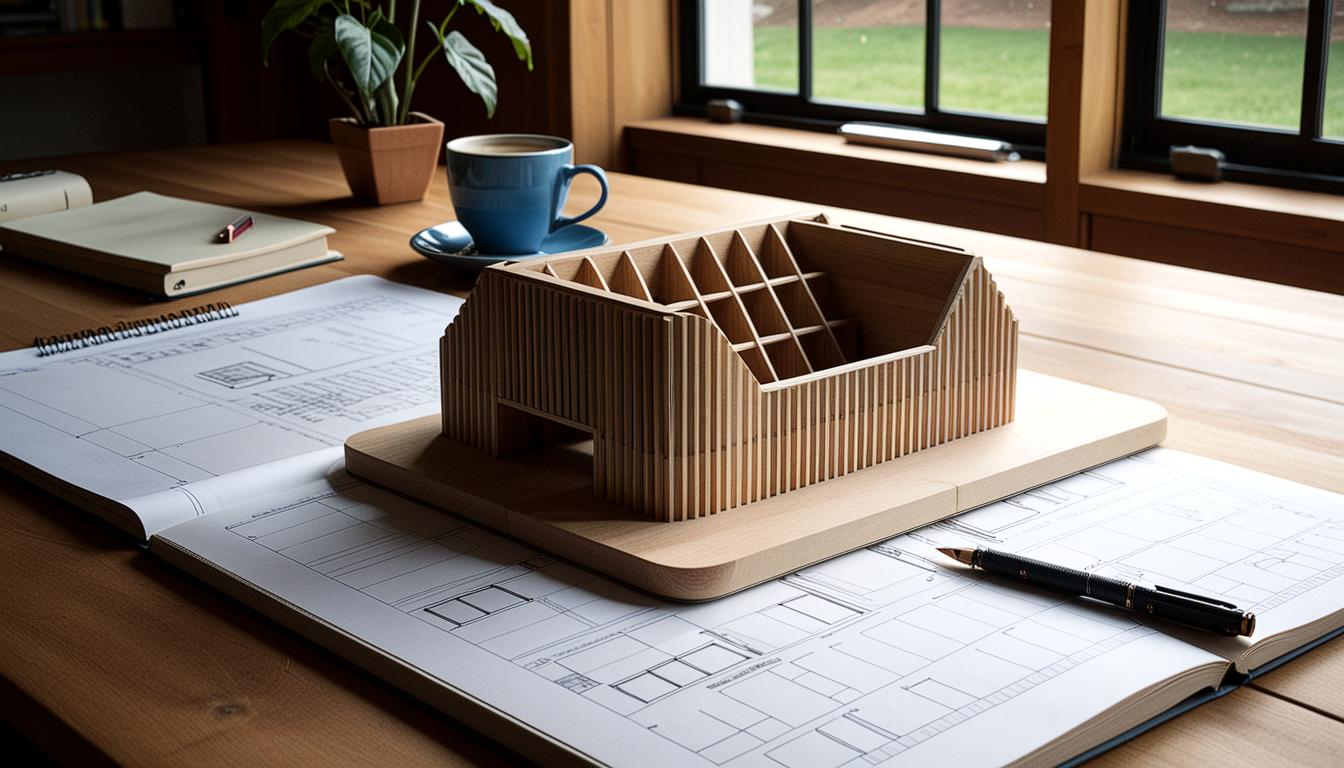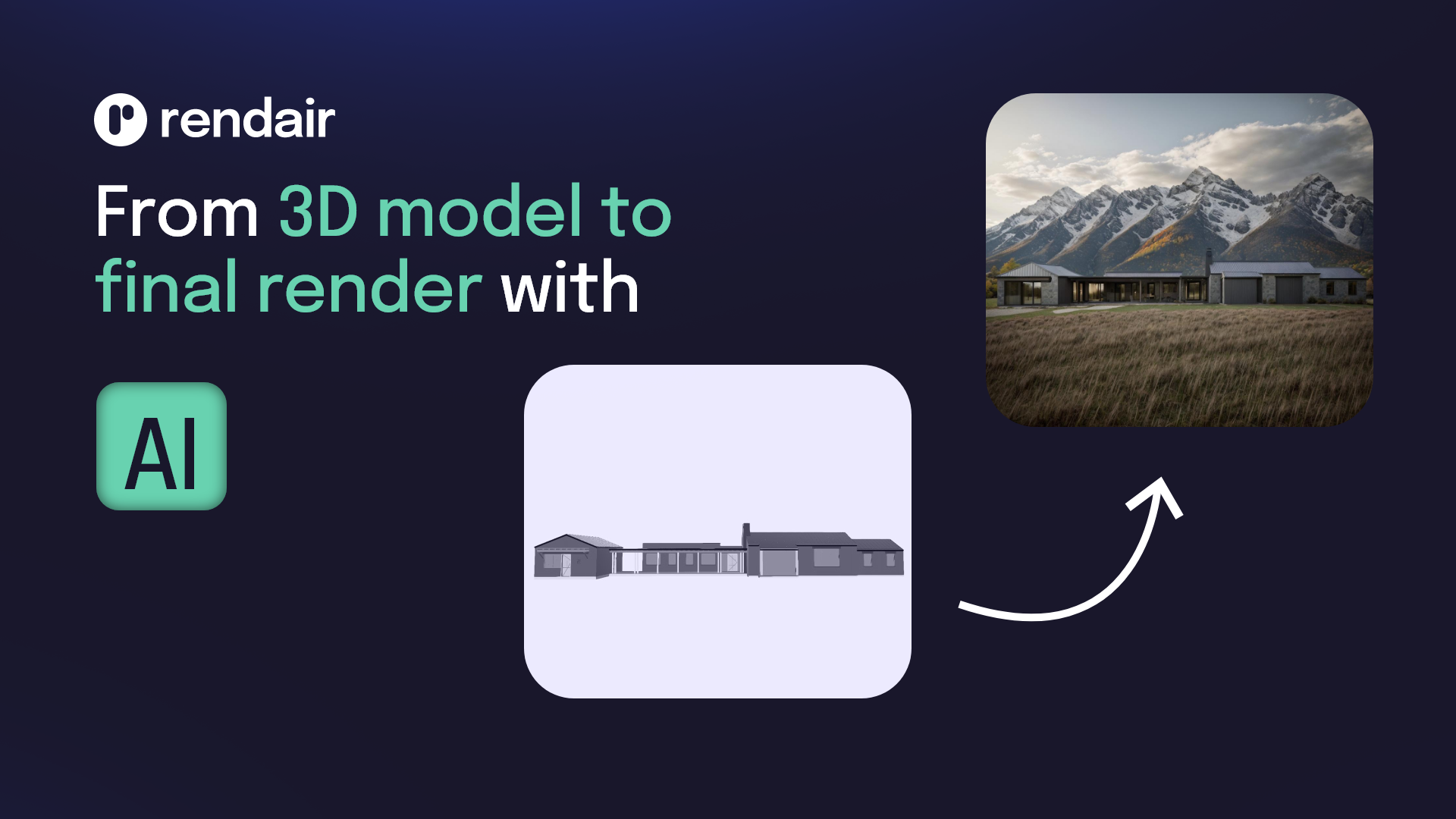Introduction
Crafting architectural design concepts is a vital task for architects, interior designers, and real estate professionals. These concepts serve as a foundation, guiding the design process and ensuring that the final structure resonates with its intended purpose and audience. The question on everyone’s mind is, “architecture – How do y’all come up with design concepts?” This guide aims to shed light on the methods and inspirations behind the creation of these concepts.
Understanding Architectural Design Concepts
A design concept in architecture is the central idea guiding the entire design process. It encapsulates the essence of who the structure is made for and what it symbolizes. This concept aims to convey a specific message or feeling, giving the design a unique identity.
Finding Inspiration from Books
Books are a treasure trove of ideas and inspiration. They offer numerous examples and studies that can spark new concepts. For instance, ‘Conditional Design – An Introduction to Elemental Architecture’ and ‘Operative Design – A Catalogue of Spatial Verbs’ by Anthony Di Mari provide great insights into forming and executing design ideas.
The Art of Sketching Ideas
Sketching plays a crucial role in the architectural design process. It allows architects to visualize their thoughts and ideas, providing clarity and simplifying complex design processes. Keep a sketch pad handy to jot down spontaneous ideas or revise existing ones.
Using Case Studies for Inspiration
Case studies offer a wealth of information and inspiration, showcasing different architectural approaches. They present how various architects tackle different constraints, thus enriching your design concept with fresh perspectives.

Examining Design Concepts from Different Angles
A robust design concept looks beyond aesthetics or form. Factors like context, climate, culture, and function significantly influence the concept. Considering these elements ensures a well-rounded and practical design.
Paying Attention to Mental Health
Mental rejuvenation is essential for creativity. Taking short breaks can lead to a burst of fresh ideas. Simple activities like reading a book, going for a walk, or even helping out in the kitchen can clear your mind and provide new insights.
Breaking Down the Design Work
Architectural projects can be overwhelming. Breaking down the work into smaller, manageable tasks can alleviate stress and increase productivity. This approach makes the colossal task of architectural design seem more approachable.
Designing in Three Dimensions
Visualizing design concepts in three dimensions can significantly enhance the understanding and scope of the project. Tools like Sketchup or Revit are invaluable, allowing architects to create detailed 3D models of their concepts.
Adapting and Modifying the Initial Design Concept
The initial design concept is not set in stone. As the project matures, be open to making changes. Adapting and modifying the concept based on new insights or constraints ensures the design remains relevant and practical.
Involve Others in the Design Process
Collaboration can bring fresh perspectives to the table. Involving teammates, mentors, or other professionals in the design process can enhance the concept and lead to more innovative solutions.
Never Stop Learning
The field of architecture requires constant learning and practice. Developing effective design strategies takes time, patience, and a commitment to continual improvement. Keep honing your skills and stay updated with new trends and techniques.
Frequently Asked Questions
Here are some common questions and answers related to designing architectural concepts:
- What is a design concept in architecture?
- How can books be used for inspiration in coming up with design concepts?
- Why is sketching important in the architectural design process?
- What role does the client play in the development of architectural designs?
- How can narrative inclusion enhance architectural designs?
A design concept in architecture is the idea behind your design, representing who it’s made for and what it stands for. It can also convey a message or specific feeling, making the design unique.
Books can provide different ways ideas can be formed, executed and provide context through various examples and studies. Specific suggestions are ‘Conditional Design – An Introduction to Elemental Architecture’ and ‘Operative Design – A Catalogue of Spatial Verbs’ by Anthony Di Mari.
Sketching is an important aspect of architectural work. It helps express ideas and thoughts in your mind, providing clarity and simplifying the design process.
Clients play a crucial role in the development of architecture as they define the program and the important spaces within it. Client-driven concepts might be based on lifestyle peculiarities, narratives, or purely functional aspects.
Narrative inclusion in architecture makes it more engaging and meaningful as it connects to the user’s experience, suggesting the organization of spaces.





